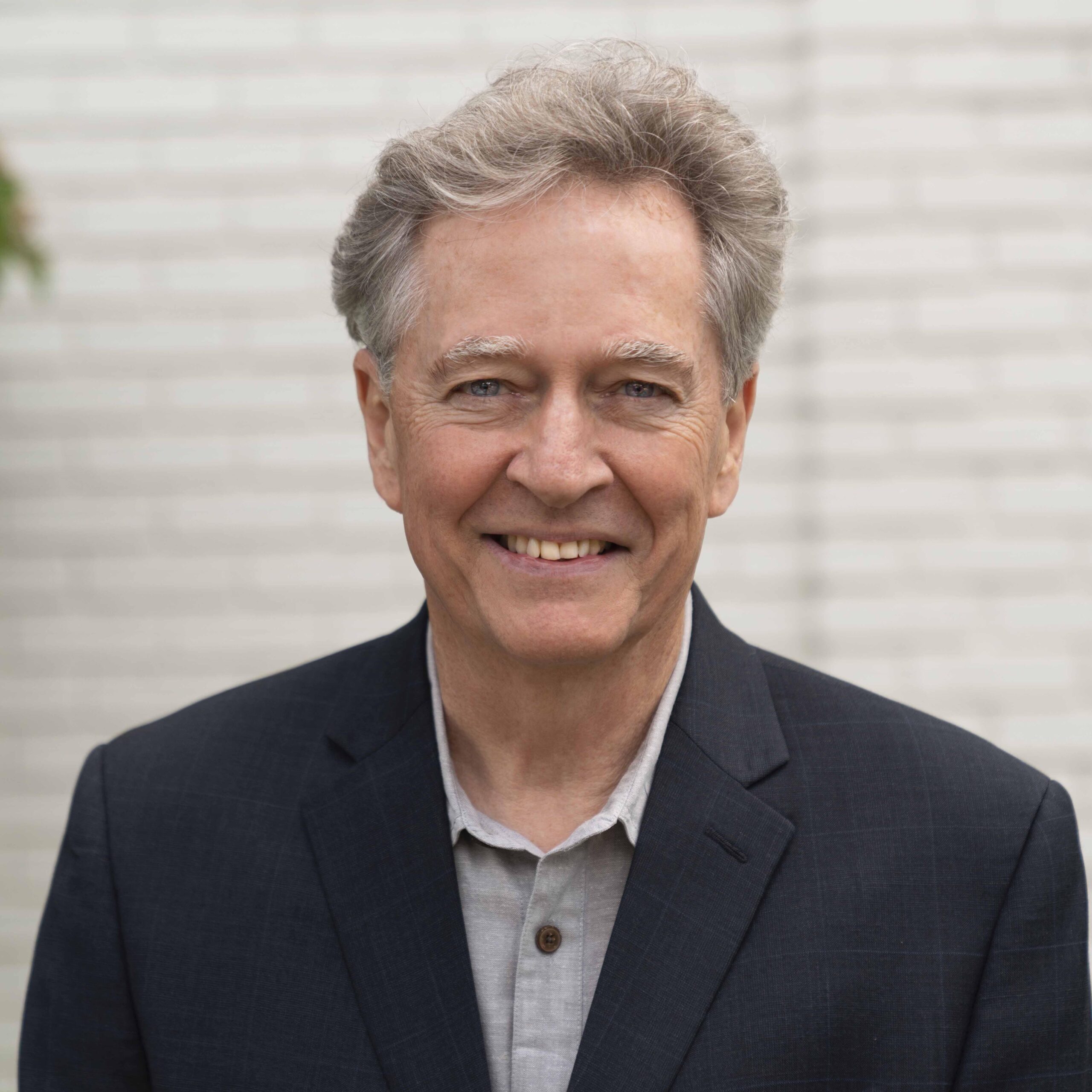Parkinson’s, cancer tied to dry cleaning site that leaked TCE
More disease cases than expected among lawyers who were near the business
By Margarida Maia | May 10, 2024 | This article was originally published in Parkinson’s News Today
There were more cases of Parkinson’s disease and cancer than expected among attorneys who worked near a now-closed dry cleaner in Rochester, New York that leaked trichloroethylene (TCE) and other dry cleaning solvents into the soil, a study finds.
While they failed to reach statistical significance, the findings add to evidence that exposure to chemical hazards in the workplace, at home, and in public places contributes to Parkinson’s.
The study, “Dry-Cleaning Chemicals and a Cluster of Parkinson’s Disease and Cancer: A Retrospective Investigation,” was published as a brief report in Movement Disorders.
It’s thought that breathing certain chemicals such as industrial pollutants may fuel the buildup of Lewy bodies that form when a protein called alpha-synuclein folds into the wrong shape and clumps together, which is toxic to brain cells and causes symptoms.
TCE, a dry cleaning and degreasing solvent that’s been linked to cancer and an increased risk for Parkinson’s, is found in contaminated indoor and outdoor air and groundwater despite being banned in some countries. In the U.S., there’s been a call for a nationwide ban.
Contamination by TCE, PCE and Parkinson’s, cancer
Here, researchers at the University of Rochester studied whether Parkinson’s and cancer were more frequent than expected among attorneys who worked in an office across from a large dry cleaner that operated from 1950 to 1994.
Two years before it closed, TCE, perchloroethylene (PCE), and other chemicals were found in the surrounding soil. While it wasn’t tested, it’s possible that those chemicals contaminated groundwater or turned into vapor that entered nearby buildings.
The study included data from 79 attorneys who worked for at least a year between 1968 and 2001 in a law firm with offices in an 18-story building that had a three-level underground parking garage toward which the groundwater flowed.
“The time lag between exposure and diagnosis makes environmental studies challenging,” the researchers wrote. “In this case, the extent to which vapors entered the tower or garage over 20 years ago is unknown as no testing (to our knowledge) was performed.”
As part of the study, 75 other attorneys who hadn’t worked at the law firm near the dry cleaner acted as controls. Compared with the controls, the attorneys who worked near the contaminated site were a mean 4.6 years older (69.5 vs. 64.9 years) and more likely to be men (89.9% vs. 65.3%).
Among those near the contaminated site, four (5.1%) developed Parkinson’s, a rate higher than the expected 1.7% for their age and sex, but not significantly different from that of the controls (1.3%).
Fifteen (19%) attorneys in the building had a TCE-related cancer compared with four (5.3%) controls. When looking only at men, TCE-related cancer tended to be more frequent in those who’d worked near the contaminated site (21.1% vs. 8.2%).
Eighteen attorneys, mean age 75.1, died before more data could be obtained, but medical information was available for 15. Eleven had a condition related to exposure to TCE — eight had TCE-related cancer, two had Parkinson’s, and one had prostate cancer and multiple system atrophy, a neurodegenerative disease.
While there was no significant difference between the groups, the number of cases of Parkinson’s and TCE-related cancer “appeared to be elevated among attorneys who worked next to a contaminated dry cleaning site,” the researchers wrote. “Although the evidence is circumstantial and not definitive, the findings are concerning for the role TCE and PCE may be playing. Given their widespread use, efforts to limit their spread and additional investigations into their contribution to the rise of [Parkinson’s] are long overdue.”
About the Author
Margarida Maia, PhD Margarida is a biochemist (University of Porto, Portugal) with a PhD in biomedical sciences (VIB and KULeuven, Belgium). Her main interest is science communication. She is also passionate about design and the dialogue between art and science.
























